Building of the Day: 76 Van Dyke Street
Brooklyn, one building at a time. Name: Brooklyn Clay Retort and Fire Bricks Works Storehouse, now Carvart Glass Company Address: 76 Van Dyke Street Cross Streets: Van Brunt and Richards Streets Neighborhood: Red Hook Year Built: 1859 Architectural Style: Mid-19th century industrial warehouse Architect: Unknown Landmarked: Yes, individual landmark (2001) The story: Fire bricks and…
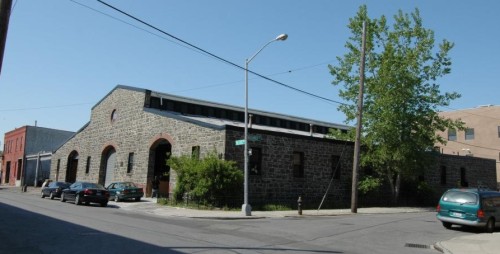
Brooklyn, one building at a time.
Name: Brooklyn Clay Retort and Fire Bricks Works Storehouse, now Carvart Glass Company
Address: 76 Van Dyke Street
Cross Streets: Van Brunt and Richards Streets
Neighborhood: Red Hook
Year Built: 1859
Architectural Style: Mid-19th century industrial warehouse
Architect: Unknown
Landmarked: Yes, individual landmark (2001)
The story: Fire bricks and clay retorts were an important part of American industry. It all revolved around the production of oil gas, the substance that lit the homes and powered the machines of the 19th century. Gas helped make the industrial revolution happen, and helped bring people out of the darkness of candles and kerosene lamps. The oil came from burning coal at exceedingly high temperatures, and in order for that to happen, vessels had to be developed that could hold the coal and take the intense temperatures without being consumed themselves, cracking or breaking. Fire brick was the answer to this need.
Fire bricks were used in the steel and iron industry to line furnaces. They were also used in brick and pottery kilns, lime and Portland cement kilns and in the manufacture of coke. Lower grades of fire clays were also used to make drain and sewer pipes, decorative terra-cotta, and hollow brick tiles used in construction of arched ceilings. Clay retorts were long tube-like vessels that held the coal as it was being superheated, and the gas extracted. They had to be extremely fireproof and resistant to cracking or exploding. Making them was a very slow and careful process.
The Brooklyn Clay Retort and Fire Bricks Company was founded in 1854, most appropriately, by a man named Joseph K. Brick. He was an engineer and an authority on the technology, and is credited for bringing fire clay retorts to the United States. He was from New Jersey, and got his training in Philadelphia. He came to Brooklyn in 1848 to oversee the construction of the Brooklyn Gas Light Company’s new facility on the East River. Brick had also designed the first gas works for Buffalo, and had also designed the water system for Savannah, Georgia.
Brick built this building as a facility for constructing the materials for the Brooklyn Gas Works. Historians believe that this factory produced the first clay retorts in the United States. His company owned fire clay deposits in New Jersey that he had shipped directly up the Raritan River to Red Hook, and his factory. In time, this facility produced fire clay products that were shipped to Italy and other international markets. Brick died in 1867, but the company continued on, under the leadership of his partner, Edward J. White, who was director of the Nassau Gas Company, and his widow, Julia. The company was incorporated in 1893, and at the time, had over seventy laborers hand making the retorts and other products.
The building originally had three kilns, with chimneys rising from the south end of the building. Other parts of the building held a carpentry shop, where the molds were made, the boiler rooms, and a large storehouse for coal. The man part of the shop was for general assembly and manufacture of the products. The special building where the gas retorts were built is no longer standing.
The company produced fire clay products until around the late 1920s, early 1930s, when they went out of business. The next tenant was the American Molasses Company. Over the years, they made many alterations, including blocking out the windows. They built a new building on the site of the gas retort building. Some of the present entrances reflect that time in the building’s history. Between 1985 and 1991, the building was vacant, and then was acquired by Red Hook real estate visionary Greg O’Connell. He restored the building between 1995 and 1996, and today, it is home to the Carvart Glass Company, which manufactures beautiful architectural glass products. GMAP

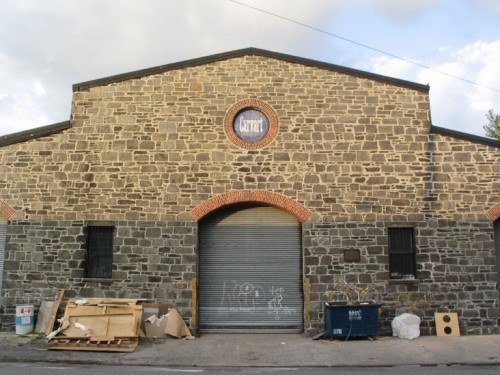
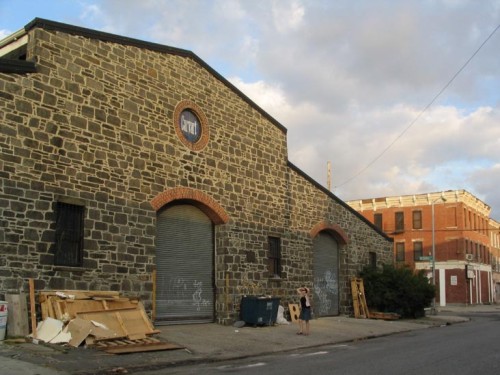
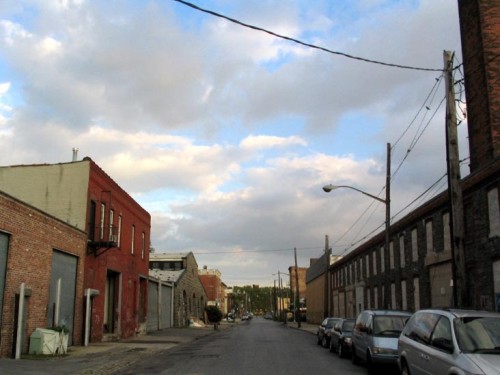



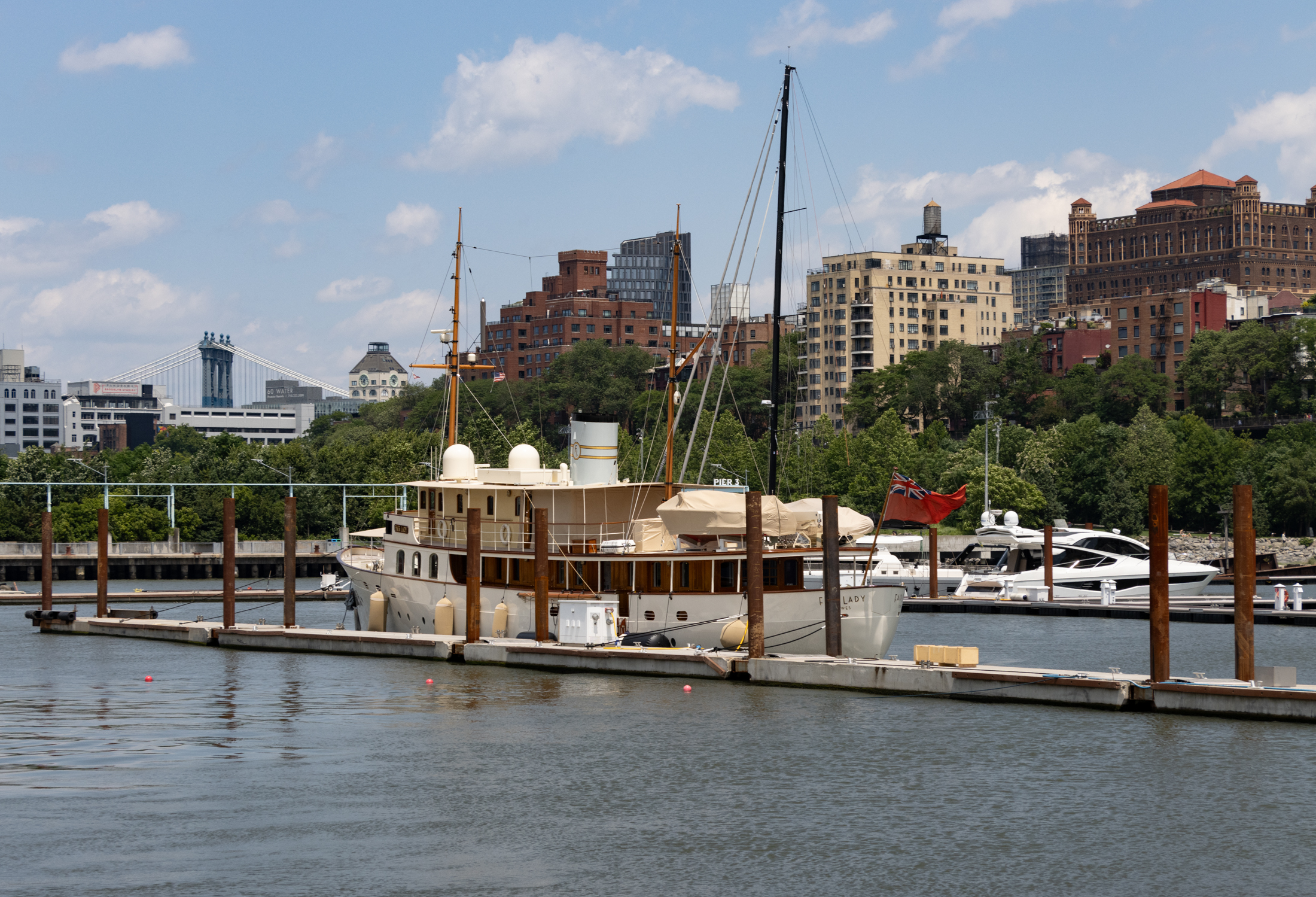

What's Your Take? Leave a Comment